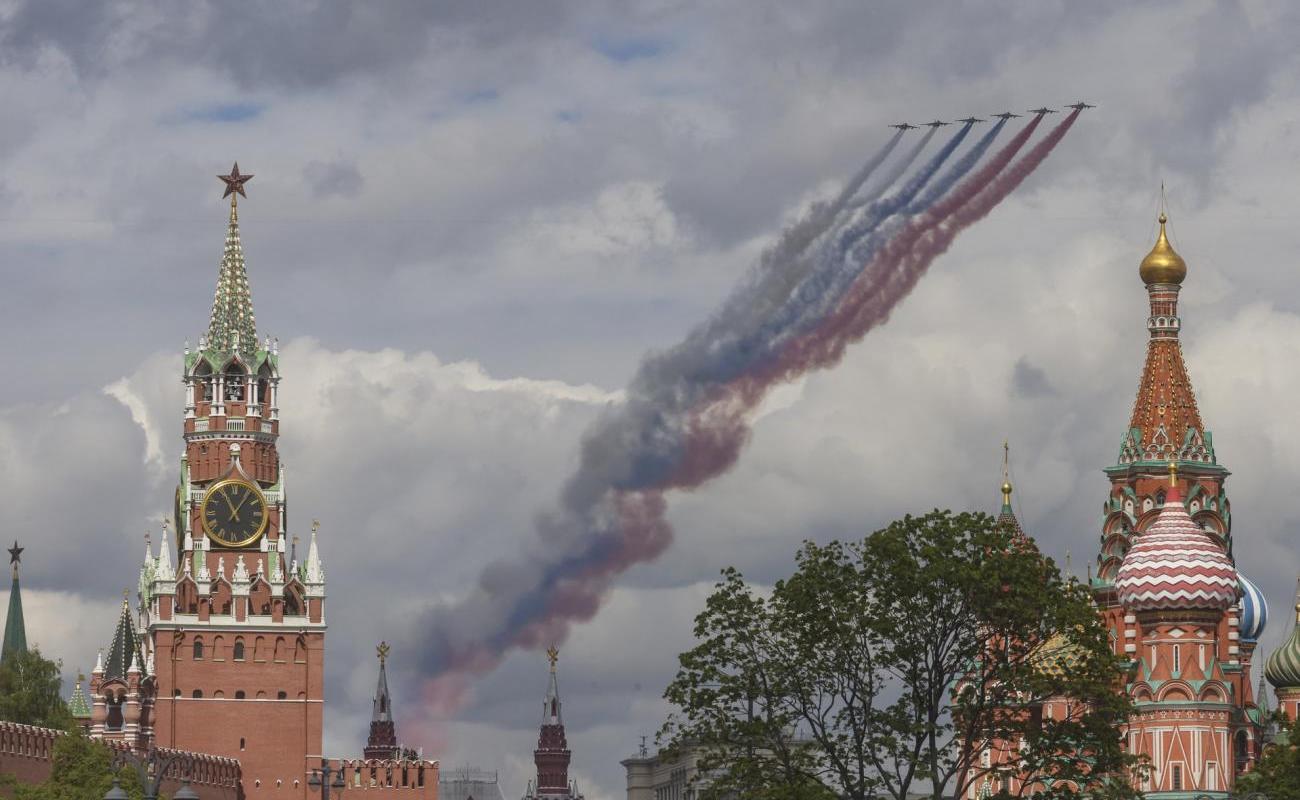Harri Tiido: Russian war veterans as a future threat

No matter how Russia's war of aggression in Ukraine ends, it has already created a major problem for Russian society: war veterans. Older readers may still remember the Soviet Union's war in Afghanistan — I certainly do. That's when the term "afganets," or veteran of the Afghan war, first emerged.
Over ten years, 620,000 men served in the Afghan war and had a significant impact on society. The authorities didn't officially acknowledge this and it wasn't discussed or written about much, but many of those veterans became a danger to society.
Veteran associations were formed, many of which quickly turned into criminal organizations. The last decade of the 20th century was already a chaotic time, but the "afganets" certainly added their own hue — specifically, the color of crime and blood. Their political influence at the time was limited, with a few colorful exceptions. We don't have statistics on their actions — Soviet-era data was classified, if it existed at all.
Today, Russia is on the brink of experiencing a new wave of similar individuals and the impact is already being felt. Last summer, the bunker grandpa Putin claimed there were 700,000 men on the Ukrainian front. All right, maybe he exaggerated out of habit, but even with some inflation, the war is producing a substantial number of individuals accustomed to weapons and killing.
History offers parallels. In the U.S., Vietnam War veterans returned home, although there were at least efforts at rehabilitation. A more instructive precedent, however, is Germany after World War I, when large numbers of soldiers returned from the front. Many were so young that fighting was all they had ever known.
Because the peace treaty forbade a regular army in Germany, so-called Freikorps — volunteer units composed of returning soldiers — were formed and armed and funded by the government. Reports suggest there were hundreds of these units, numbering between 250,000 and 400,000 men.
Most of them held conservative views and did not support the Weimar Republic's left-leaning government. Nonetheless, they helped suppress the Spartacist uprising and several regional revolts in early 1919. Freikorps fighters also operated in the Baltics, where Germany attempted to establish protectorates. In Estonia, they were known as the Iron Division, which fought alongside the Landeswehr against Estonian forces — and lost. Later in 1919, the Freikorps rose against the Weimar Republic, entered Berlin and occupied the government quarter. Only a massive strike prevented them from seizing power.
Eventually, the Freikorps were disbanded, but many members failed to reintegrate into civilian life. The more radical elements turned to terrorism, including the assassination of moderate Foreign Minister Walter Rathenau, who was, notably, Jewish. By 1922, over 300 political murders had been attributed to them.
Most Freikorps members joined legal veterans' organizations. Nationalist supporters favored the group called Steel Helmet, while communists leaned toward the Rotfront. The republican government also formed its own group, the Reichsbanner. It's also worth noting that Nazi Germany's SS and SA drew heavily from former Freikorps fighters, forming strike forces that became Hitler's main tool of violence. In fact, nearly all right-wing veterans were eventually brought under Hitler's control. For example, SA leader Ernst Röhm and Heinrich Himmler were both former Freikorps members.
Now, Russia faces a similar influx of men accustomed to violence. Experts warn of a new "lost generation" forming among the war's returnees. Tellingly, the authorities are attempting to manage this issue by promoting veterans into leadership roles. A program called "Time of Heroes" was created to train 80 veterans for government service. The highest-ranking graduate so far is Artyom Zhoga, former commander of the separatist Sparta Battalion, who has been appointed as the president's envoy to the Urals.
The key question now is whether these men will develop their own leadership. So far, the Kremlin has tried to maintain tight control over the emergence of such leaders. But, as the saying goes, the masses produce their own. The government plans to further absorb these veterans through next year's State Duma elections, incorporating them into United Russia's candidate lists.
Meanwhile, much less attention is being paid to the psychological health of veterans. Drawing again from the Afghan war, limited studies show that 19 to 63 percent of veterans then suffered from post-traumatic stress disorder. In 2022, the Russian Health Ministry did issue clinical treatment guidelines for PTSD, but these are considered controversial and involve unproven methods and medications.
There is also a unique aspect of Russian veterans: many came to the front straight from prison. A large proportion of these men have known nothing but prison or war. It's no wonder that, according to verified figures alone, 271 murder convictions have been issued against returning veterans, with 294 victims over the past three years. Most of the victims were family members, acquaintances or even random people. Judges have treated front-line service as a mitigating factor.
Consider this: soldiers at the front can earn up to €3,000 per month, while the average civilian wage in Russia is around €600. It's no surprise that many veterans have no interest in returning to ordinary work.
Experts say that signs of a criminal wave are already visible in Russia, even if official statistics don't confirm it — because, of course, it's not customary to talk about it. For neighboring countries, this means that Putin cannot simply allow this armed, violence-hardened force to return and ravage society at war's end. They will need something to do — another war.
